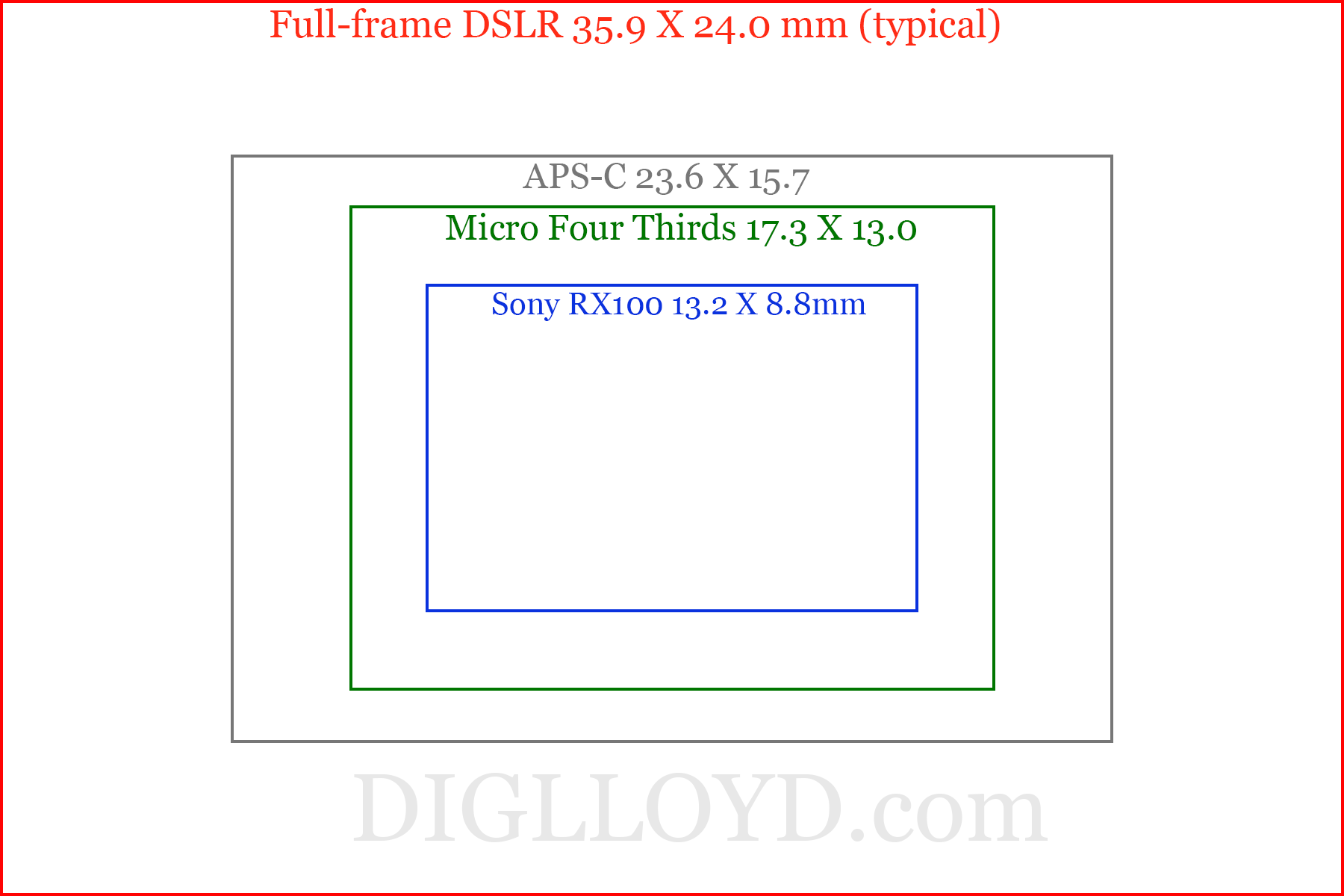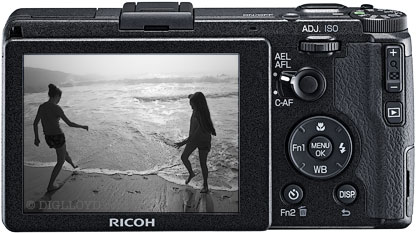Micro Four Thirds vs APS-C: Size and Weight Realities
See yesterday’s discussion in Micro Four Thirds: Withering on the Vine, along with one reader comment there.
Dr. Jon writes:
The KEY advantage of m43 over APS is overall kit size, as the lenses are so much smaller and lighter. As soon as you are carrying two lenses you are a long way ahead. My walk-around/holiday kit is now the GH3 plus the two f2.8 zooms, the 12-35 and the 35-100. They weigh 305g and 360g respectively. My Canon 70-200 is 1490g plus my “standard” zoom 670g. (Hence I get the equivalent of 24-200 for 1.5KG less weight than my Canon kit, the body’s lighter too.)
Another advantage is the live-view AF which is way, way faster than any DSLR, couple that with the twist and swivel LCD and over-head/waist-level shooting is easy, with the Canon/RX100 it’s horrible (I use PDAF on the Canon as the CDAF is useless, the 5DmkII only does that with BBF which is a pain when overhead, you can’t see what you’re aiming at with either).
DIGLLOYD: Full-frame DSLR vendors are brain dead by not offering at least an optional EVF that can slot into the hot shoe (the camera already has the signal to drive it). This should come in time.
My piece was about APS-C compact cameras vs M4/3, NOT full frame. Comparing M4/3 to full-frame is taking it a big step further, like comparing APS-C to medium format.
I don’t quarrel with any personal decisions which must be made on the basis of one’s own needs and preferences. Such things should not be confused with trends and general principles of what is evolving, or specific systems from 'yesterday'.
But let’s look at the facts on size and weight for M4/3 vs APS-C. I don’t have a GH3, but I do have an E-M5. Same deal more or less.
Ricoh GR
244 grams with battery and card and world-class 28mm (equiv) f/2.8 lens. APS-C sensor is a step up in real world usage from M4/3 without any doubt.
Excellent built-in grip. Eminently pocketable, and notably more svelte than the E-M5 without a lens. So small and light that a wrist strap is sufficient; it’s all I needed or used in extensive field use (slips into any pocket).
No EVF, no image stabilization, fixed-lens. Field use says emphatically that these are worthwhile tradeoffs, most fun to shoot camera I’ve used on a long time and most important: most productive camera—highest keeper rate over just about anything.
Olympus E-M5
430 grams without lens, 586g with Olympus 12mm f/2 lens*+hood. Add ~90 grams for the Really Right Stuff grip and ~50 grams for a strap = 726 grams or TRIPLE the weight of the Ricoh GR. You can feel this weight, the strap is thus mandatory.
With the E-M5, you get an EVF and image stabilization and interchangeable lenses and a hideously complicated menu system. But you don’t get full-speed flash sync for flash fill and you don’t get superb night shots or pinpoint autofocus mode that nails it every time.
The E-M5 cannot go into a pocket and the lens is a step below the Ricoh GR lens. The E-M5 image quality is very good but clearly at a lower level than the GR, and obviously inferior under some conditions.
And so...
If Ricoh (or anyone) made other focal lengths in the GR, three Ricoh GR cameras would fit in much less space and about 1/3 the weight of the E-M5 with three lenses: how about 19mm and 75mm variants? Or bi-focal cameras? Fixed-lens cameras have tremendous appeal.
This is the point: APS-C places no significant limits on solutions that offer exceptional image quality in attractive form factors. The M4/3 sensor is inherently size-handicapped, and the market has simply not delivered what it can and ought to, relegating M4/3 from underdog to possible market failure by 2014 if nothing changes.
* Aperture f/2 on M4/3 is equivalent to f/2.8 on APS-C. 12mm on M4/3 is 24mm (equiv), 18.3mm on APS-C is 28mm (equiv), so the two lenses are comparable.


























